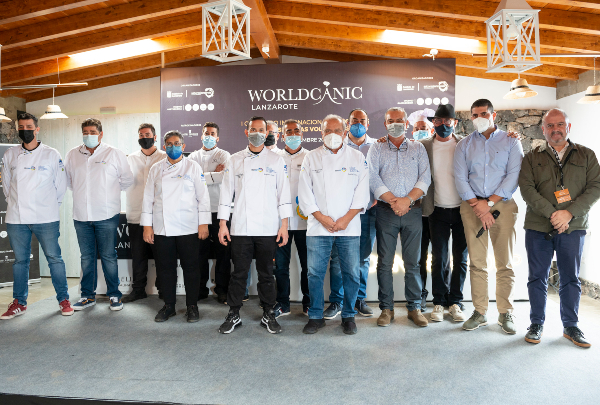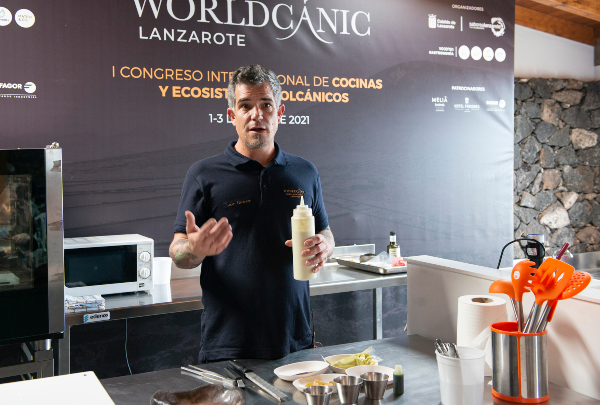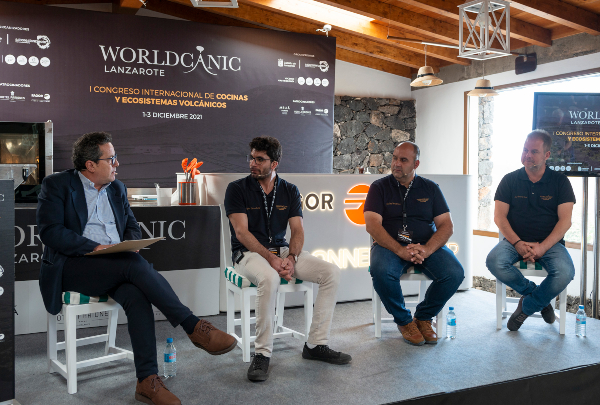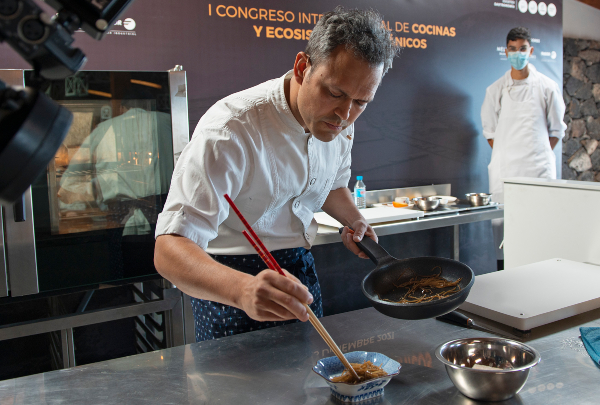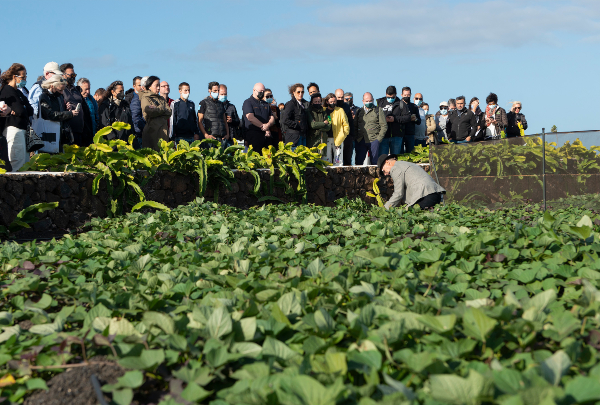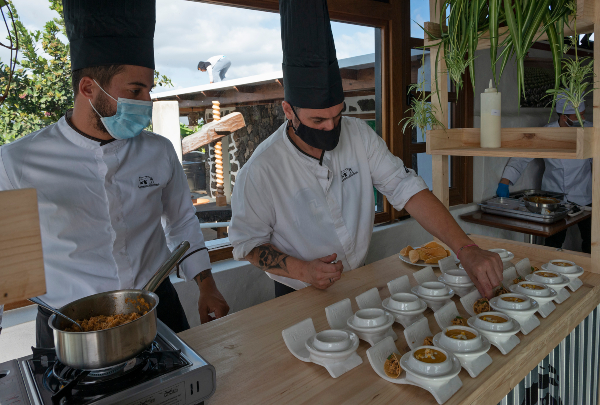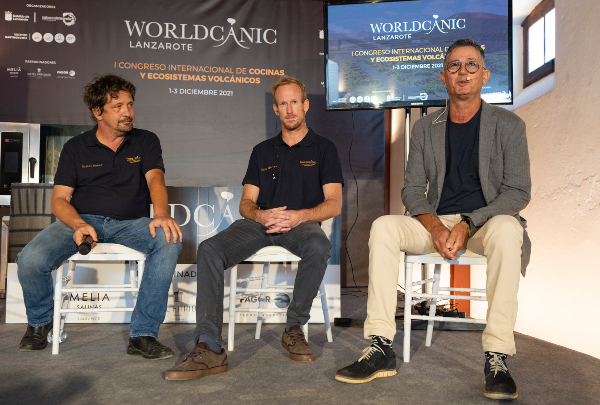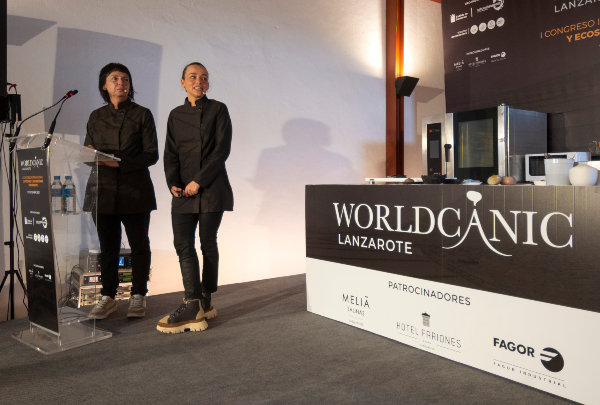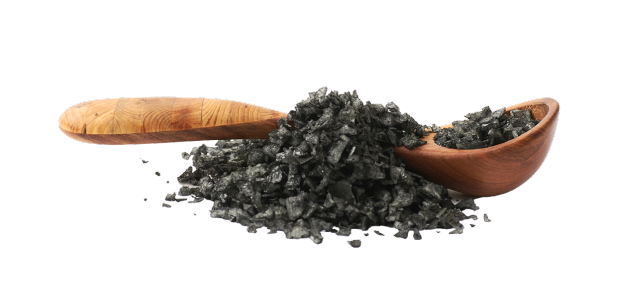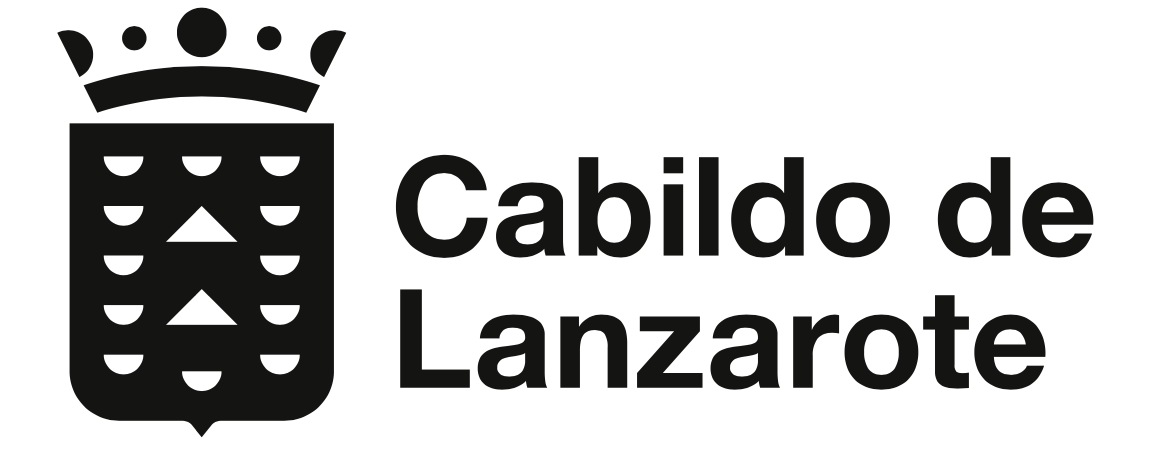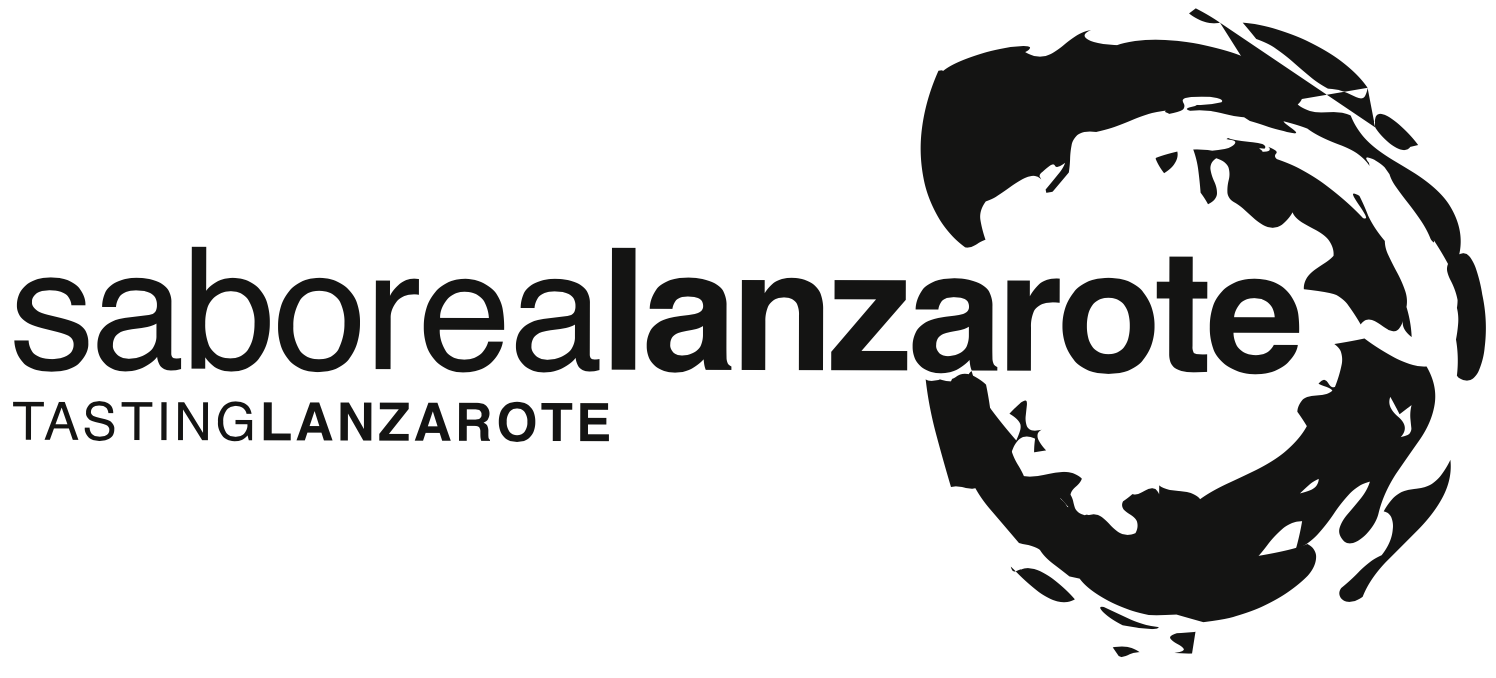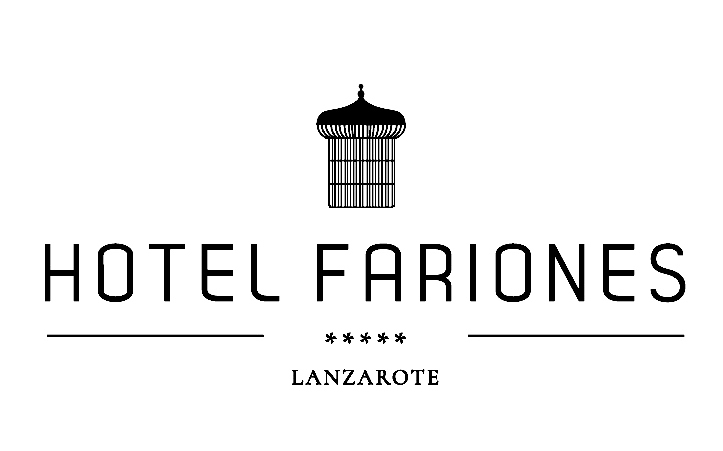News
Worldcanic cooks up its second day on volcanic magma

Created by César Manrique in Las Montañas de Fuego at the heart of the Timanfaya, El Diablo is the only restaurant on the island that cooks directly in the earth, specifically thanks to the pockets of volcanic magma left there after the Timanfaya eruption in 1730. And this was the setting for lunch on the second day of Worldcanic, with Siggi Rafn Hilmarsson, a baker in Laugarvatn Fontana (Iceland) and Paulo Costa, chef at Caldeiras e Vulcões (Azores), who demonstrated their mastery of cooking on volcanic heat in the best possible scenario.
The two chefs had already provided details of how to cook directly in thermal springs during the morning session at Finca Testeina in La Geria, the vine-growing area created by the volcano in the middle of Lanzarote. Hilmarsson showed how he made his rye bread; Costa demonstrated the Azores' most famous stew, “Cozido das Furnas”. Both of these were made in pots buried in the earth to be cooked by the thermal waters of terrain shaped by volcanoes. They had already explained it orally. Then they demonstrated it with the food.
The Icelandic chef produced volcanic toast with smoked trout and Icelandic butter, while his Portuguese counterpart cooked up a "caldeira" cod stew on the El Diablo grill. “It's another way of earth-cooking. I usually cook it underground. Here we put it on a grill to take up the heat from the magma below", he said as the audience began to gain an insight into the flavour of the earth. They had just done the same thing with the roast pork by local chef Román Méndez, obviously cooked on the geothermal grill which greets diners entering the restaurant at 290º.
Pedro Santana (Casa Brígida, Lanzarote) and his “vieja seca” dried parrot fish salad (featuring one of the island's most popular catches) with "jable" sweet potato (another Lanzarote must-eat) completed the trio of participants in the meal; Fina Puigdevall and Martina Puigvert, two of the chefs at this Worldcanic event. The chefs at Les Cols**, a restaurant located in Catalonia's volcanic region, La Garrotxa, explained their work: “Volcanic soil weighs so little that it allows the water to flow better, and the result are excellent, subtle, delicious products”. In their case, for example, buckwheat, "the region's most typical product"; Santa Pau beans or sweet onion.
“A major eruption can happen again"
The chefs had demonstrated the versatility of produce from volcanic areas, "a tangible fact explained by the broad typology of volcanoes", claimed French vulcanologist and founder of the Volcano Active Foundation, Anne Fornier. “And, because there are many different types of volcanoes, we must investigate them all, so that we can keep ahead of them and mitigate the future damage they can cause". Fornier explained that there are more than 1,500 active volcanoes, but only 40% of them are covered by a monitoring system, and so she insisted on studying them.
Studying them, and allowing scientists to travel and conduct their investigations "in order to be prepared for future volcanic phenomena, because we aren't aware of them. The world's last major eruption was in 1815 (Tambora, Indonesia). So we haven't had an eruption with a global impact in over 200 years and we've forgotten, and that's dangerous, because it could happen again. We know this from the volcano occurrence system”, she warned.
The warning had been given. We have to "be aware and work to mitigate their effects, to make us more resilient and less vulnerable". The congress was told this yesterday by Costa Rica vulcanologist Gino González; Fornier reiterated it today, as did Llorenç Planagumà, geologist and Fornier's colleague in the Volcano Active Foundation, who also reminded the congress that, “although it is true that volcanoes are a danger to society, it is also true that their consequences can prove a social and economic advantage".
Day two of the Worldcanic congress also featured a round table which captures the essence of the island. Three local companies, demonstrating that it is possible to make a living from a volcano: Wine Shop Lanzarote & Wine Tours, Ecofinca Vegacosta and Bodegas Vega de Yuco. The day was rounded off with dinner at Kamezí Deli & Bistró, in Playa Blanca, featuring Chele González (Gallery by Chele, Manila, Philippines), Liko Hoe (Waiahole Poi Factory, Honolulu, Hawaii) and José Alberto Díaz (El Sitio, La Palma). More volcanic cooking. Because it exists, and its flavour is more intense.

